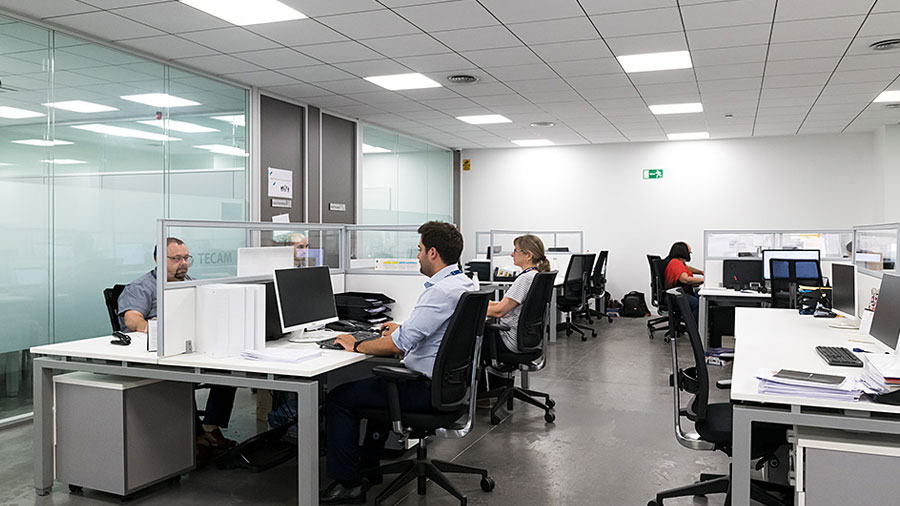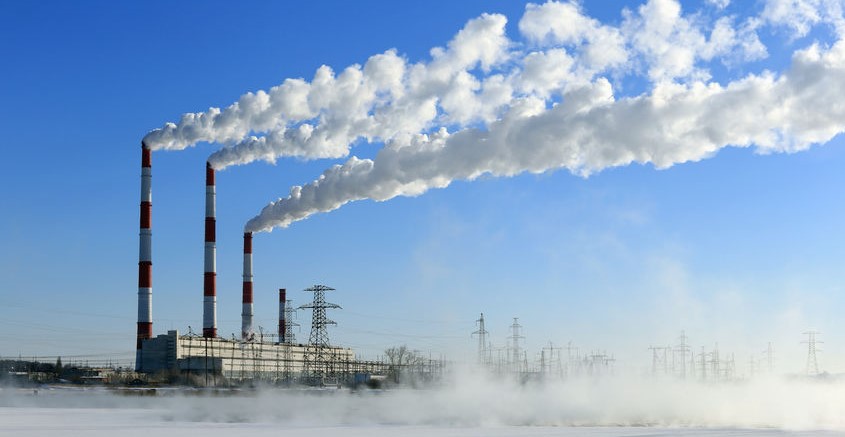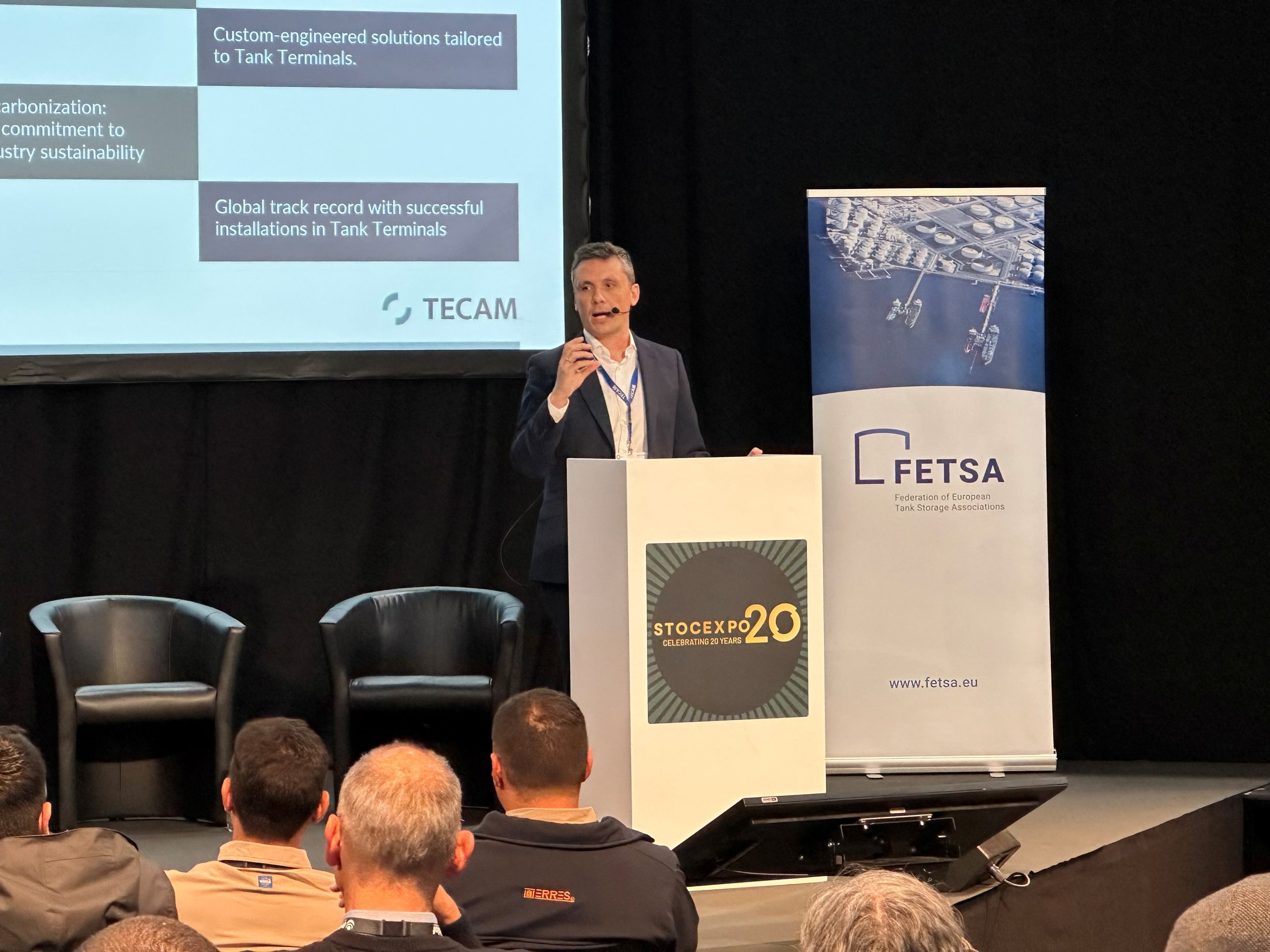EMISSIONS TREATMENT
BY POLLUTANT
EMISSIONS TREATMENT SOLUTIONS BY POLLUTANT
Because of the enormous variation in the compounds found in industrial emissions, Tecam does not deal in standardised solutions: instead, we always study each case on an individual basis. Our experts will assess your specific situation and design a facility that combines the most suitable technologies for treating each pollutant.
Volatile Organic Compounds(VOCs) are pollutants that must be treated using specialist equipment. VOCs are usually composed of carbon, hydrogen and oxygen, although they can also contain nitrogen, sulphur and halogenated compounds.
Particulate matter (dust and particles) is usually generated by industries that work with large amounts of solid materials. The dust that ends up suspended in the air is formed of both fine and coarse particles, and must be treated using specific equipment.
Solvents are highly volatile organic compounds that are usually found in a liquid state.
When they evaporate, they can become highly concentrated during the gas phase. They can be treated via thermal or catalytic oxidation. As they contain nitrogen, they generate NOx, and depending on the concentration they may need to be treated using a NOx reduction system.
Ammonia is nearly always present in its gaseous state, although it can also be found dissolved in water. It is a strong base that is extremely corrosive and harmful.
There are a number of methods for treating ammonia. One example is the adsorption method, using a scrubber in conjunction with an acid.
Sulphur oxides are extremely hazardous to the environment. They generate sulphuric acid, which means that when combined with water in the atmosphere, they produce acid rain.
They can be treated adequately using dry, semi-wet and wet systems.
When we talk about “NOx”, we are referring to nitrogen oxide (NO), nitrogen dioxide (NO2) and nitrous oxide (N2O). When they are combined with oxygen, these compounds (whether in gaseous or liquid state or as part of a solid that contains nitrogen) are oxidised and converted into NOx. Additionally, when they mix with water vapour, these compounds can produce acid rain, owing to the fact that they generate nitric acid.
Aerosols are liquid or solid particles suspended in a gas, and can be of organic or inorganic origin.
Those of organic origin are usually VOCs and the method of treating them will depend on their composition, concentration and the flow rate of the gas. Aerosols of inorganic origin are treated by means of filtration.
Heavy metals are chemical compounds that are present in waste, and are commonly found in waste incineration plants. They can be eliminated using systems to treat dust/particles, such as electrostatic precipitators and baghouse filters along with additivation using micronised activated carbon and sodium bicarbonate.
Wet and corrosive gases contain basic and acidic chemical compounds. They can be treated using wet, semi-wet and dry systems in order to reduce their concentration and flow.
Halogenated compounds can contaminate the water, soil and air, as well as plants and animals. Their composition includes halogen elements such as molecules of chlorine, bromine, fluorine, iodine, etc.

Reap the benefits of relevant experience.
The experience and know-how we have accumulated throughout our years of activity, combined with the knowledge we have acquired from the different sectors and large industries with which we have worked, enable us to take an objective approach to the nature of your environmental problems. As consultants, this gives us the capacity to provide you with the optimal solution to those problems.
Solutions tailored to meet your needs. As well as those of the environment.
Then, we develop a solution that will ensure you have complete peace of mind regarding your emissions treatment processes. Then we develop the solution that ensures absolute tranquility in their treatment processes emissions.
We provide innovative solutions that improve the final performance of the system as a whole. Our organisation boasts an R&D department and design and production facilities, which provide us with the capacity to respond to and meet your needs in full, both now and in the future.

DO YOU HAVE ANY CONCERNS REGARDING YOUR ENVIRONMENTAL MANAGEMENT?







